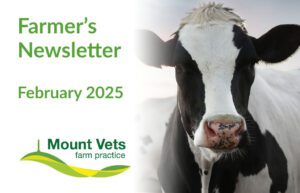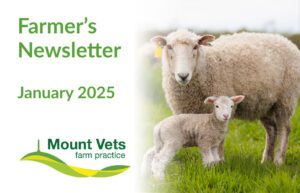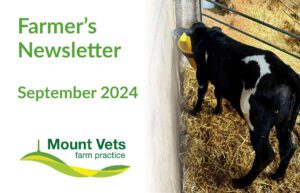December 2023
Here is the latest from our farm team at Mount Vets. If you would like any further advice or would like us to cover something in the next newsletter, please call us on 01823 662286 or contact us here.
We want to hear your feedback… Leave us a review!
We value your feedback and comments and would appreciate if you could take the time to leave us a review! Please follow the link to share your thoughts.
Wishing all of our clients a very Merry Christmas and a Happy New Year!
written by Pippa White
Thank you for all your continued support during 2023. From all at Mount Vets Farm Department.
Farmers meeting:
We’d like to thank all who attended our annual Farmers Christmas Meeting this week.
It was great to see so many of you there this year; thank you for taking the time to come and see us and listen to our fantastic guest speaker. We met at the Beambridge Inn and enjoyed a great evening.
A special thank you to James Barnett from Axiom for his extremely interesting talk on post-mortem cases in cattle. He also included a little snippet into his post-mortem cases on whales and dolphins, which was very fascinating.
Meet Alice
written by Pippa White
We’d like to introduce you to Alice our new ATT (approved Tuberculin Tester) We are so happy for Alice to have joined us at Mount Vets. Alice has joined our team as an additional ATT, as well as undertaking vet tech roles; including freeze branding, mobility scoring and disbudding.
Alice has always been surrounded by cattle, she was born on a beef and arable farm, studied Bio Veterinary Science at university and followed a career in dairy farming.
Alice is a keen member of our Calf Health Group and in her spare time she likes to explore Dartmoor and the South Devon coastline with her two dogs, Pickle & Bess.
Itchy Cattle During Housing
written by Charlie Aldington
It’s not uncommon to see cattle starting to get a bit itchy and threadbare by this point in housing and something we often point out at TB testing – either because we can see lice scuttling around as we clip the necks or because we’re struggling to find a patch of hair left to clip! There is a range of external parasites that can be responsible, sometimes bought in with new stock (perhaps even months before housing) or where the bugs have survived over the summer in symptomless carrier animals. Housing puts these hosts into very close contact with their groupmates, allowing for an efficient spread of infection throughout the lot. Broadly, these bugs fit into one of two camps: mites and lice.
Mites are microscopic and, therefore, not visible to the naked eye, “Mange” refers more specifically to a skin disease caused by mites. Mites typically cause raw, scaly, and thickened skin with hair loss in specific patterns, most commonly over the tailhead, lower legs, scrotum or udder. The less common species may also cause these lesions over the face, ears, and neck. Diagnosis requires skin scrapes to be taken by a vet to look for the bugs under the microscope.
Lice are visible to the naked eye, though they require parting the hair down to the skin, or you may just come across them clipping backs up. They tend to look either like a little black speck or can be slightly fatter and browner in colour depending on the type of louse. Sucking lice use sharp mouthpieces to suck blood through the skin and can cause significant anaemia in calves if the infestation is severe enough. Chewing lice instead feed on the dead skin cells at the skin surface. The feeding activity of both these critters leads to skin irritation and itching, followed by hair loss typically over the shoulders, neck and face – essentially the areas which are easiest to rub against barriers.
Treatment can be simplified quite nicely to a pour-on product containing ivermectin, doramectin, moxidectin or eprinomectin (if a zero milk withhold product is needed).
Injectable products will kill mites and the sucking lice (as they suck blood) but leave the chewing lice untreated; it’s entirely possible to have mixed infections of multiple critters, so always use a pour-on product just in case.
It is important to treat every in-contact animal in the group, not just those that are visibly affected as these bugs will happily survive on untreated, asymptomatic carriers and eventually re-infect those already treated. Some of these critters are capable of surviving for up to 3 weeks off the host, in the shed environment. They have also likely laid eggs on the hosts, which are not necessarily destroyed by the treatment and will still hatch. For this reason, we need to use a product that we are certain has a persistent activity of at least 21 days, which can be hard to find.
Alternatively, a shorter-acting ivermectin pour-on product could be used twice, 7-10 days apart.
Key Goals for Ewe Nutrition in Late Pregnancy
Body Condition Score (BCS)
We want lowland ewes to be in BCS 3-3.5 at the point of lambing, with ewe lambs at 3. For hill ewes, a more realistic target would be 2.5. This needs regular monitoring throughout mid to late pregnancy through hands-on body condition scoring at all handling events, such as scanning, vaccinating, and housing.
Aim to adjust feeding to gradually affect condition changes because sudden knee-jerk alterations to the diet can have serious knock-on effects on ewe health, lamb vigour and colostrum quality. Ewes that are over-conditioned are more likely to have difficulty lambing and prolapses and may have lower feed intakes due to reduced appetite. Underconditioned ewes have reduced mothering ability, weaker or lower birthweight lambs, potentially poorer quality colostrum and reduced milkiness.
Ration Energy and Protein Supply to Scanning Results
As the lambs become larger and take up more room in the abdomen, the available space in the rumen shrinks and so nutrient density of the ration becomes more and more important in the approach to lambing.
Although expensive, concentrates are a very effective way of getting a large amount of protein and energy into the ewes within a small feed volume. To balance this cost, it is essential to have forages analysed before rationing cake allocations to supplement this.
Ensuring ad-lib access to higher-quality silage can significantly reduce your cake bill. Scanning results allow you to ration cake allocation towards the higher needs of the twins and trips and away from the lower requirements of the singles. If you haven’t scanned, you end up having to assume all ewes could be multiples and potentially overfeeding many of the ewes, which is costly and may lead to overfat ewes.
Consistent Feed Access
Concentrates are highly palatable to the ewes, leading to intense competition at feeding time.
Ensuring adequate trough space is absolutely essential (45cm per ewe), otherwise the stronger (fatter) ewes can easily push the weaker (thinner) ewes out of the way and get more than their fair share – but it’s the thinner ewes who need it the most!
They should be fed at the same times of day each day to spread the high starch feeds evenly throughout the day (better for rumen health and reducing acidosis). Ewes should never be fed more than 0.5kg of concentrates per head in one single feed as this will increase the risk of ruminal acidosis. Concentrate allocations are always best split across two feeding times per day.
Having a good quality forage available at all times helps to balance out the acidifying effect of the cake in the rumen (better for rumen health and gut function) whilst also reducing overall cake spend and feed intakes.
Palatability is key, and intakes should be monitored closely as this is a crucial component to the assumed protein, energy and fibre intakes of your ration. If it is analysed well but the ewes don’t have enough feed face area, or there are spoilage issues in some of the bales, you may have overestimated the forage’s contribution to their needs.
Avoid any rapid or sudden changes to the ration, ewes like consistency, and any upset to the consistent energy, protein, mineral and trace element intakes through late pregnancy may lead to twin lamb disease, hypocalcaemia, prolapses, poor colostrum quality and lamb vigour, increased faecal worm egg output post-lambing… the list goes on and on!
Upcoming courses
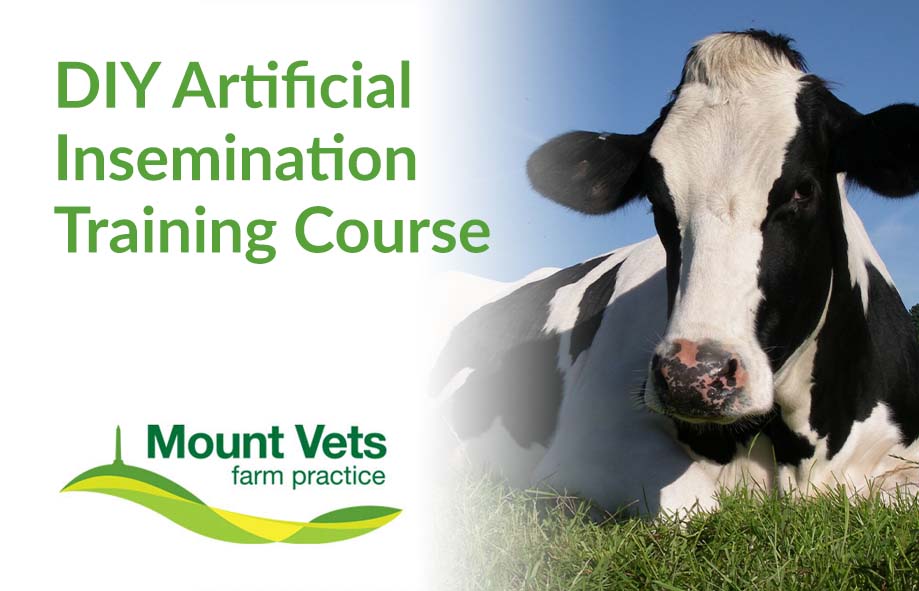
DIY Artificial Insemination
23rd, 24th, 26th & 27th October 2023
Our next 4-day DIY AI course will run on 23rd, 24th, 26th & 27th October 2023.
This DEFRA approved course is aimed at anyone who has no previous experience in the artificial insemination of cows. The 4-day course is run by our experienced farm vet Rob Mangham and is full of theory and practical sessions to make sure you leave feeling confident and safe in all aspects of AI.
The cost of the course is £500 + VAT, with a £50+VAT deposit to secure your space. (Deposit will be taken off final amount)
Please ring the practice to book your place on any of our courses on 01823 662286 or email farm@mountvets.com
Meet the Team!
We have an experienced & friendly team here at Mount Vets. You might already recognise a few faces but over the next few months we will reintroduce you to some of our excellent team. To read more and see more of the faces of Mount Vets visit our team page, and be sure to follow us on Instagram and Facebook.
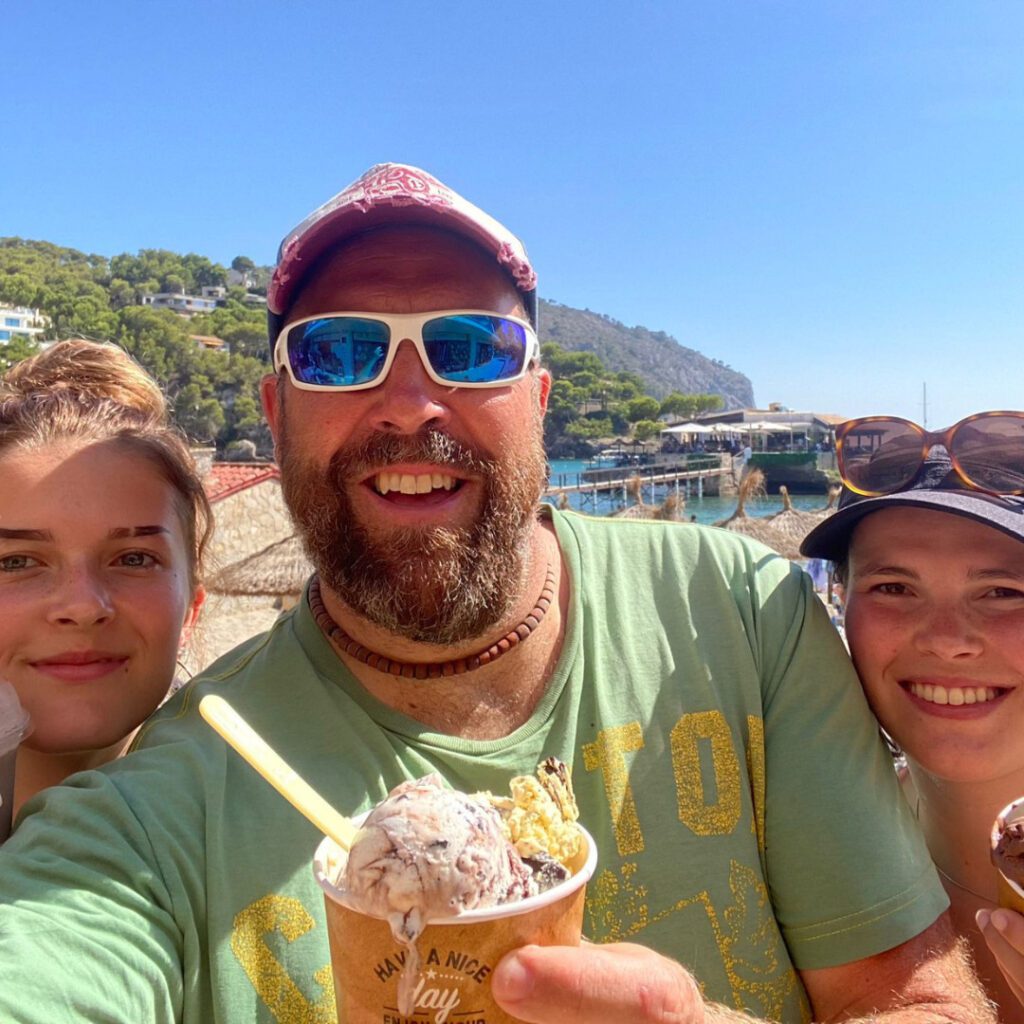
Piers Pepperell
Director
Many of you will already know our Mount Vets Director Piers; but did you know he has appeared on tv show Blind Date with Cilla Black?
Piers loves to spend a free day with his two daughters and three dogs, surfing on the North Devon Coast.
His favourite vet call out was when he was called into the waiting room and unknown to him at the time, but he then met his wife to be. She had brought in her eight baby bunny rabbits, which led on naturally to a 10-minute chat about pig wormers and her asking Piers out on a date.
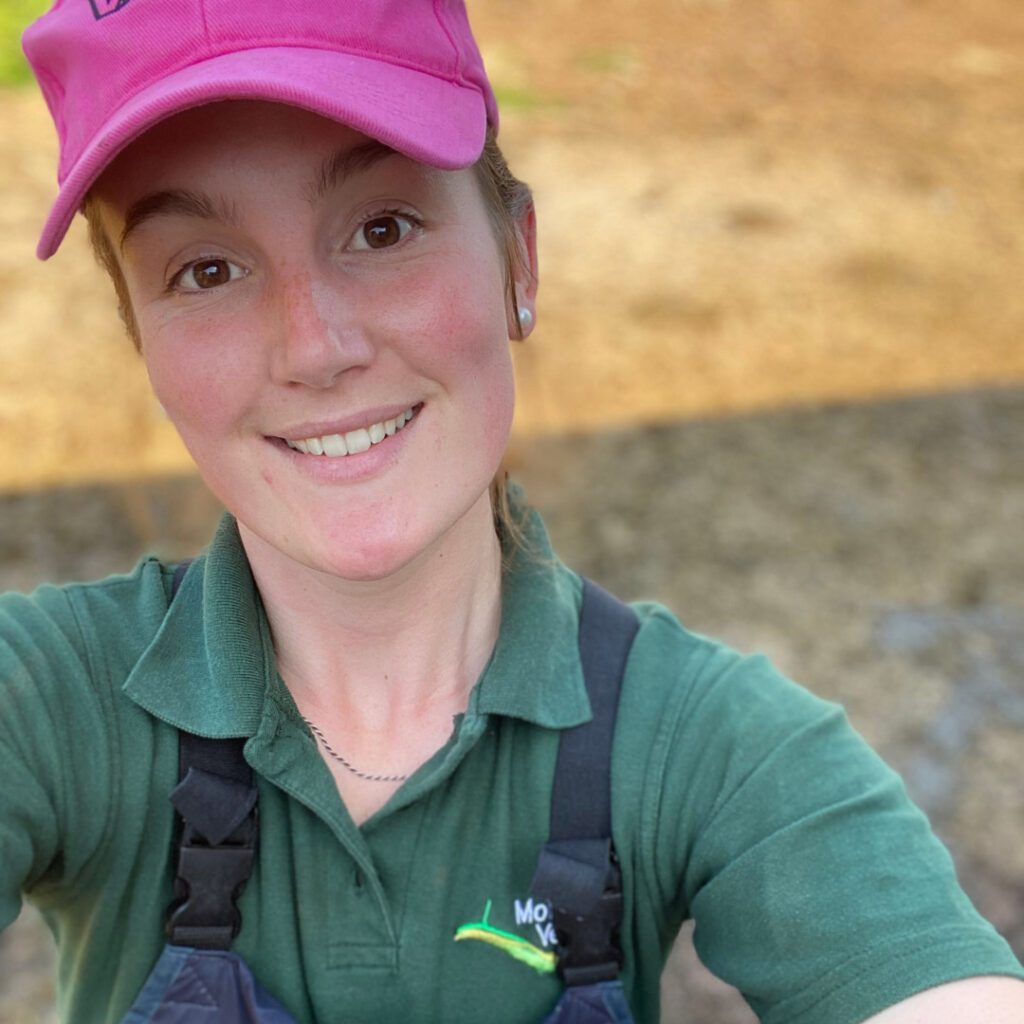
Pip White
Vet
Pip is one of our large animal vets. If you’ve met her, you will probably know how much she loves her cows. So much so, that she loves to spend her free time at home with her cows! That, or in the showring showing them. 🐮
Pip graduated as top student in her year from the University of Surrey.
Her favourite song is Mr Brightside by the Killers.
Have a question about any of the topics covered in this newsletter?
If you need any assistance with the topics covered in this newsletter, please do not hesitate to get in touch with our experienced farm vets who will be able to help. Call 01823 662286, or contact us here.
